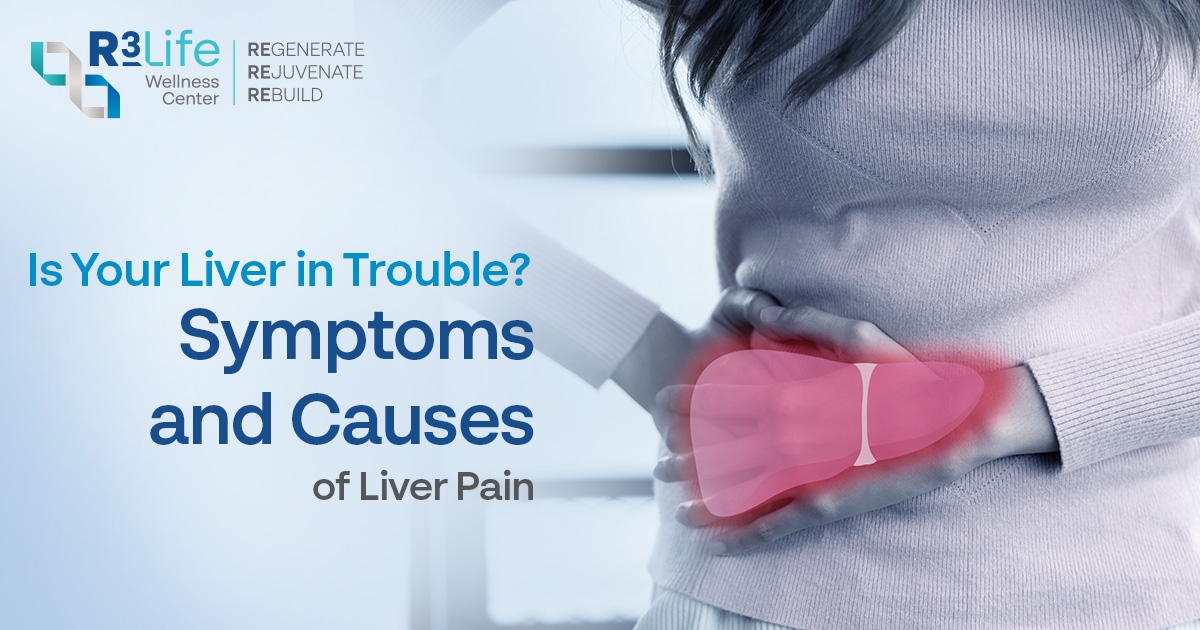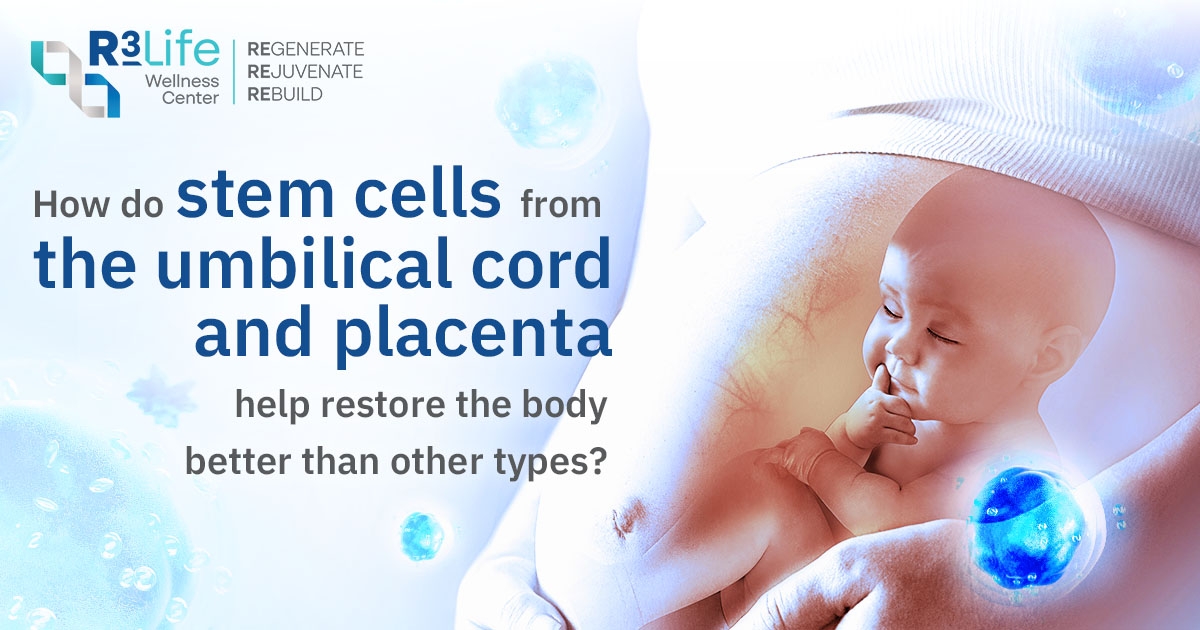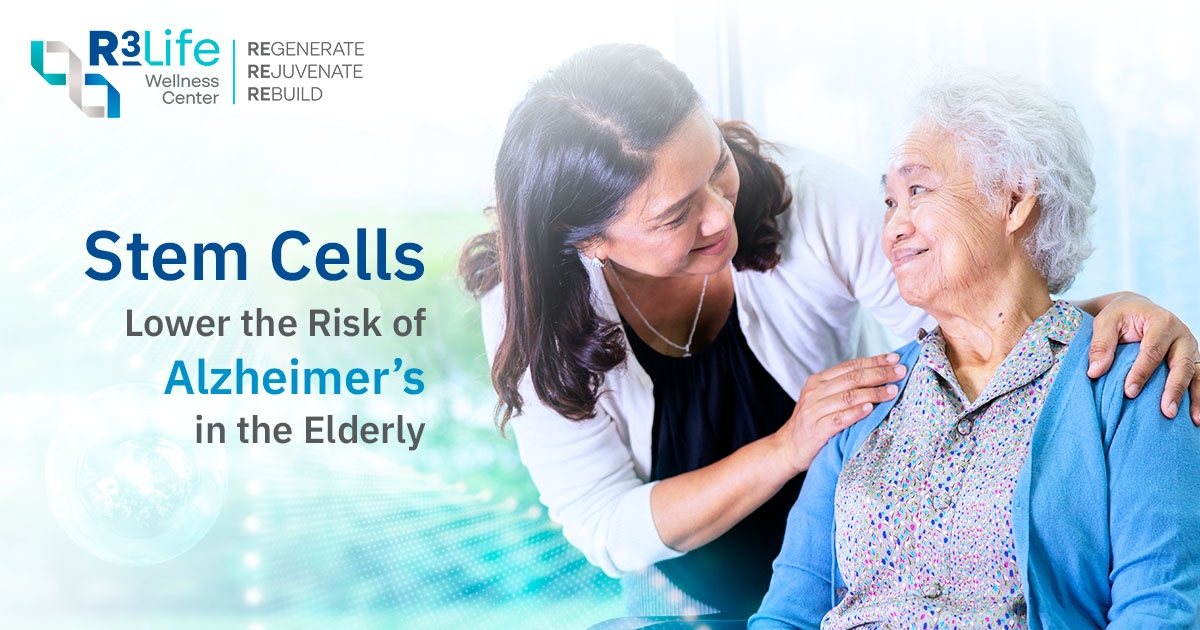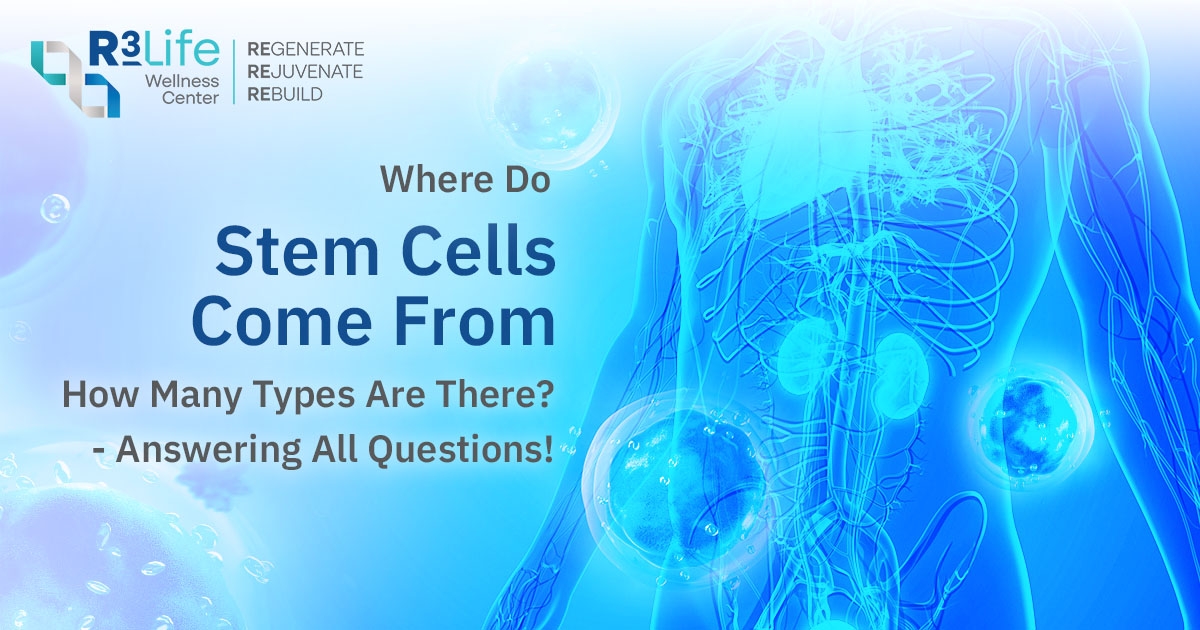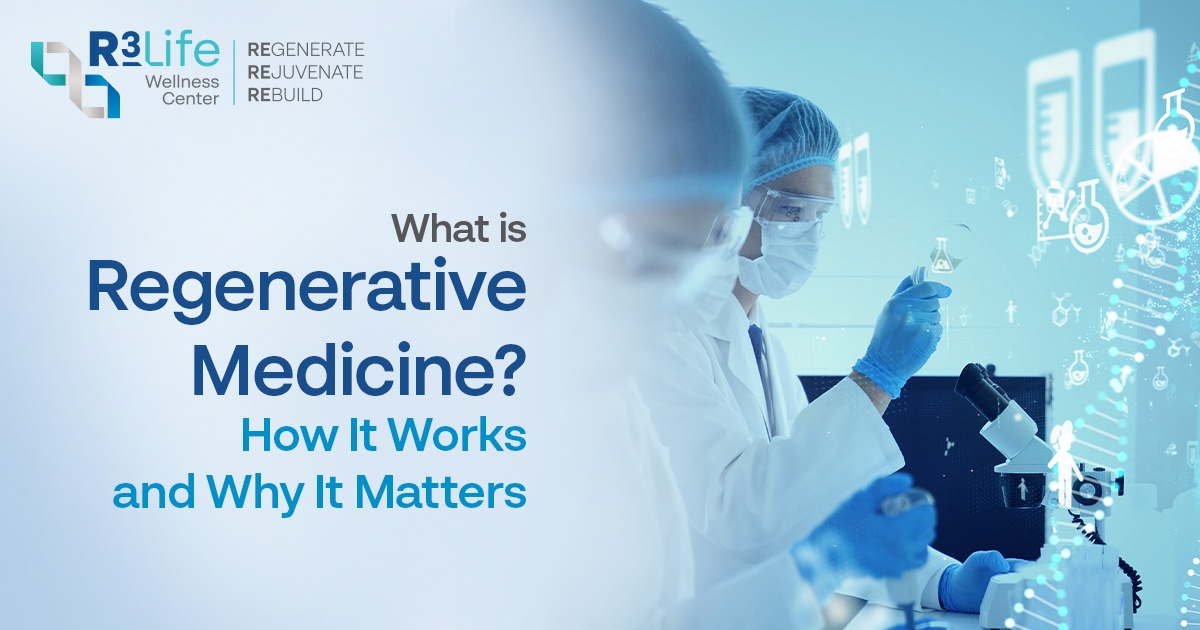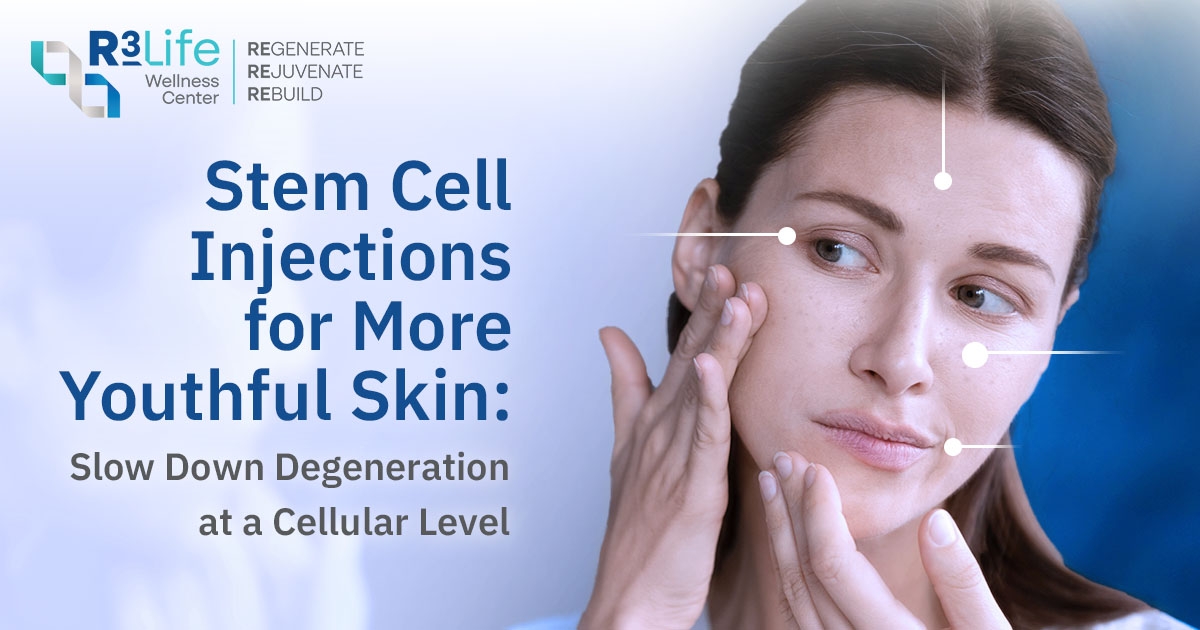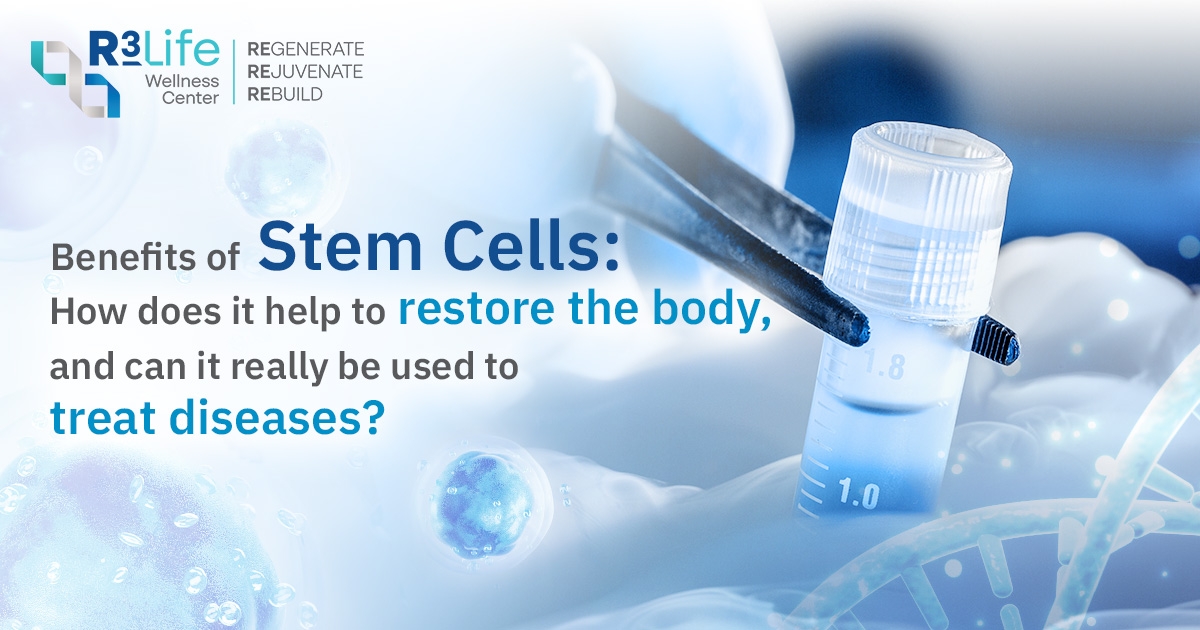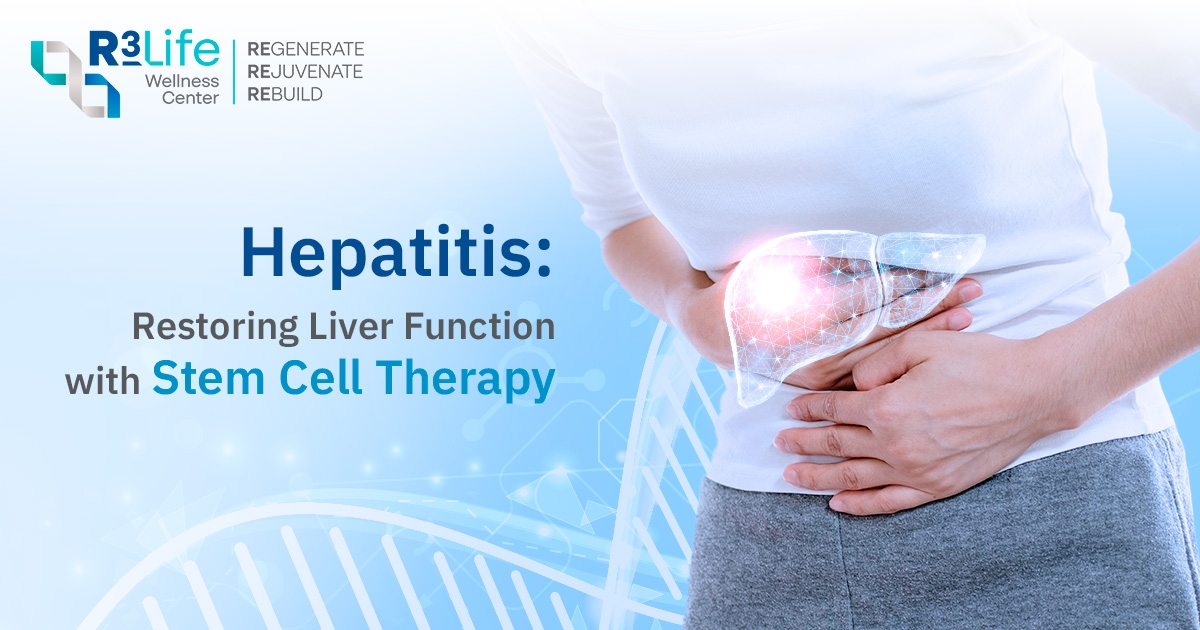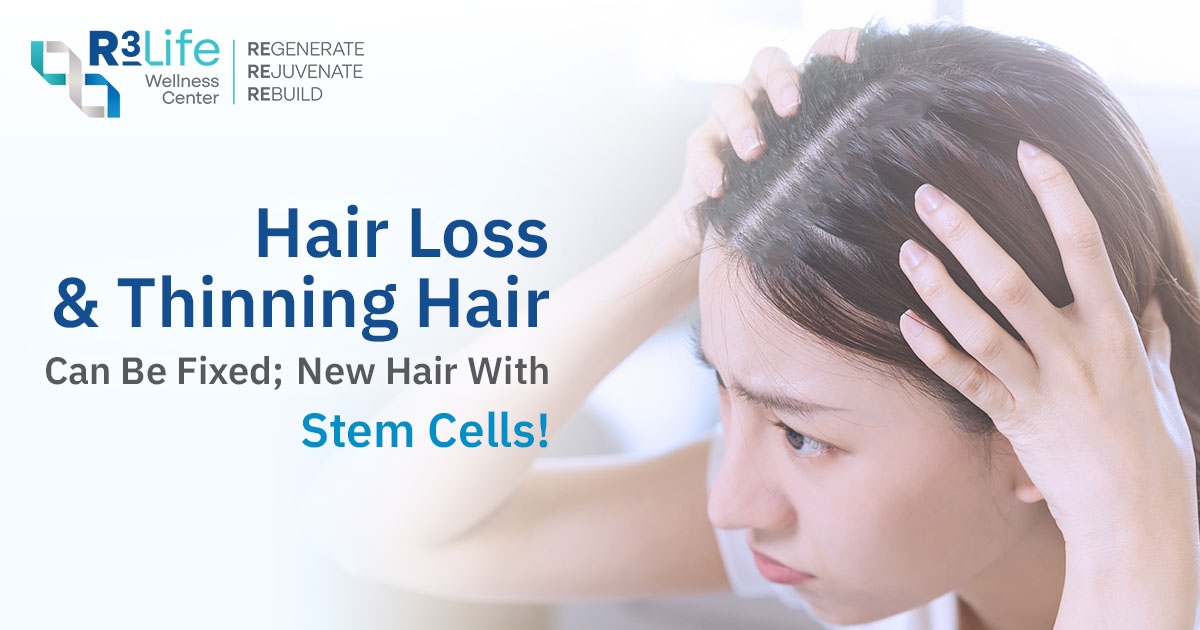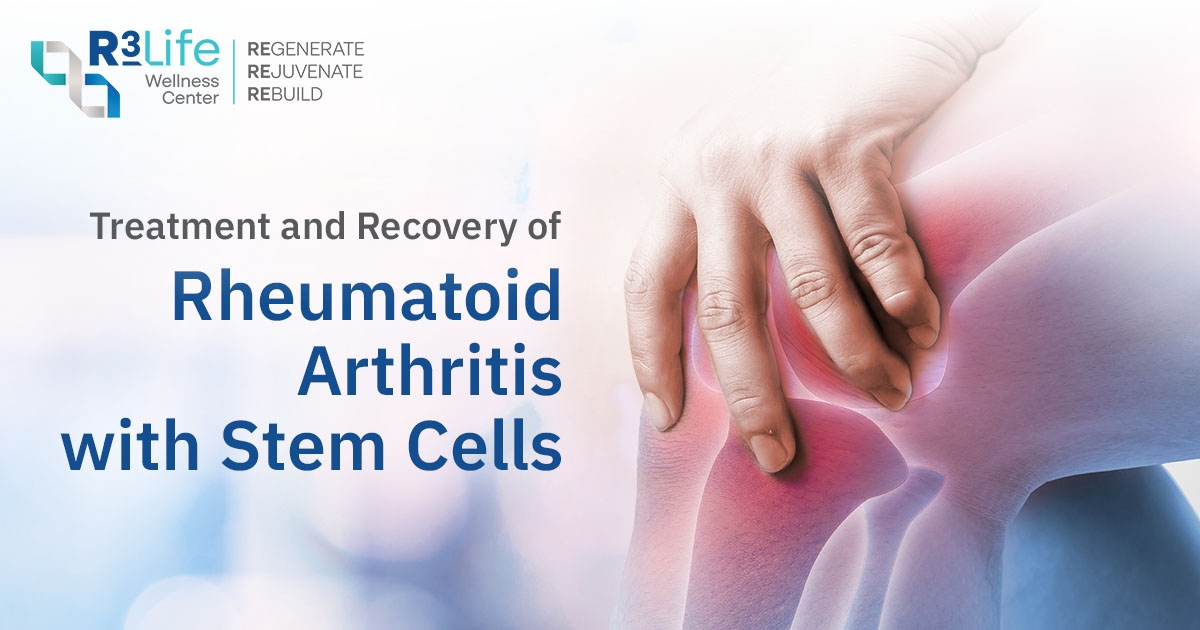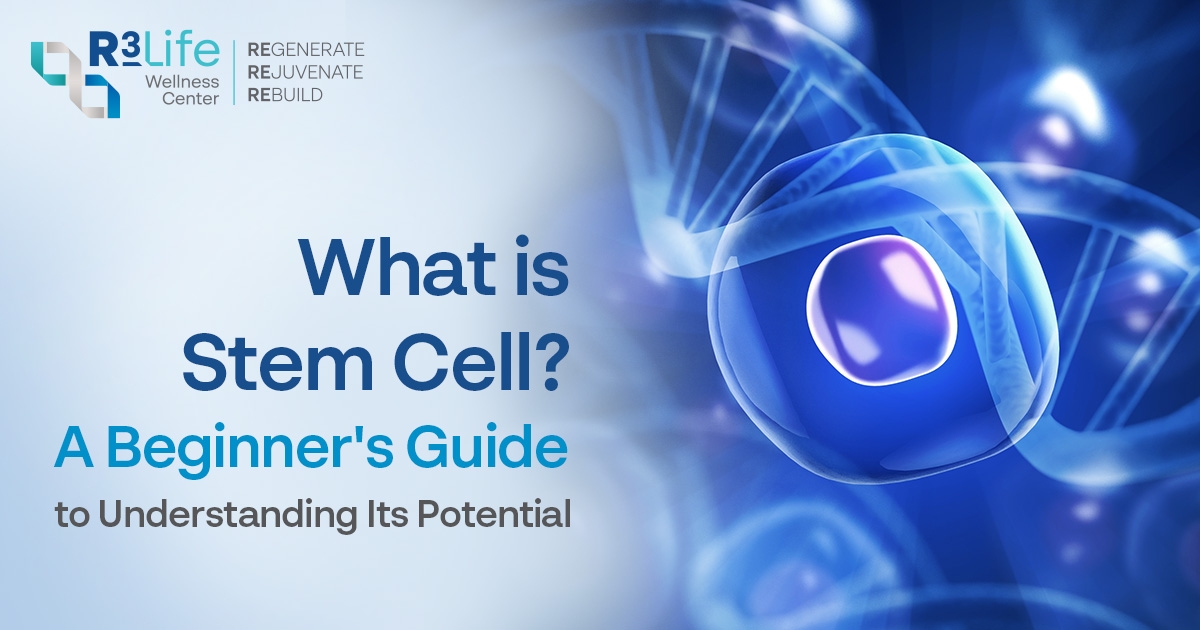How Your Brain's Structure Affects Health and Healing
Have you ever wondered how the 3-pound organ inside your skull controls every thought, memory, and movement? Your brain anatomy is more complex than any computer ever built, containing 86 billion neurons forming over 100 trillion connections. Understanding brain anatomy isn't just fascinating. it's essential for appreciating how this remarkable organ ages, adapts, and maintains your cognitive abilities throughout life.
What is brain ? Complete Brain Anatomy Overview
Brain anatomy encompasses the intricate structure of the central nervous system's control center. The human brain weighs approximately 1.4 kilograms and consists of specialized regions working in perfect harmony.
Major Brain Anatomy Divisions
The brain anatomy is organized into three primary sections, each with distinct functions and characteristics:
Cerebrum (85% of brain weight) The largest component of brain anatomy, divided into left and right hemispheres. Each hemisphere contains four specialized lobes: frontal, parietal, temporal, and occipital.
Cerebellum (10% of brain weight)
Controls balance, coordination, and motor learning. Despite its small size, it contains over 50% of the brain's total neurons.
Brain Stem (5% of brain weight) Controls vital life functions including breathing, heart rate, and consciousness. Connects the brain to the spinal cord.
The Four Cerebral Lobes: Core Brain Anatomy
Understanding each lobe's anatomy and function reveals how brain anatomy enables complex human behaviors:
- Frontal lobe: Controls decision-making, planning, and personality
- Parietal lobe: Processes touch, temperature, and spatial awareness
- Temporal lobe: Manages memory formation and auditory processing
- Occipital lobe: Handles all visual information processing
Brain Stem Anatomy: Life's Control Center
Medulla Oblongata
- Controls breathing, heart rate, and blood pressure automatically
- Manages protective reflexes like swallowing, coughing, and vomiting
- Houses cranial nerve nuclei for facial sensation and tongue movement
Pons
- Bridges cerebrum and cerebellum communication
- Controls REM sleep cycles and dream states
- Manages facial expressions and chewing
Midbrain
- Substantia Nigra: Produces dopamine for smooth movement; degeneration causes Parkinson's disease
- Superior Colliculus: Controls eye movements and visual reflexes
- Reticular Formation: Maintains consciousness and sleep-wake cycles
Gray Matter vs White Matter in Brain Anatomy
Gray Matter (40% of brain anatomy)
- Contains neuron cell bodies and dendrites
- Located in cerebral cortex and deep brain nuclei
- Primary sites of neural computation
White Matter (60% of brain anatomy)
- Consists of myelinated axons forming communication pathways
- Enables rapid information transmission between brain regions
Essential Deep Brain Anatomy
Thalamus - Sensory and motor relay station connecting cortex to lower brain regions
Hypothalamus - Controls hormone production and autonomic functions like temperature regulation
Hippocampus - Critical for memory formation, generates 700 new neurons daily through neurogenesis
Amygdala - Processes fear, emotions, and threat detection
Basal Ganglia - Manages movement control, habit formation, and reward processing
Brain Anatomy Health & Regeneration
Your brain anatomy demonstrates remarkable adaptability through neuroplasticity and regeneration:
Key Regeneration Mechanisms
- Neurogenesis: Creating new neurons in hippocampus (700 daily)
- Synaptic Plasticity: Strengthening connections between neurons
- Structural Changes: Forming new dendrites and neural pathways
Factors Supporting Brain Anatomy
Exercise: Increases BDNF (Brain-Derived Neurotrophic Factor) by 300%, promotes hippocampal growth, improves white matter integrity
Nutrition: Omega-3 fatty acids support neuronal membranes, antioxidants protect from damage, B-vitamins aid neurotransmitter production
Sleep: 7-9 hours enables glymphatic system to clear brain toxins and consolidate memories
Learning: Challenging mental activities build cognitive reserve and increase dendritic branching
5 Science-Based Steps for Optimal Brain Health
1. Exercise for Brain Health: Aerobic exercise increases BDNF by 300% and promotes brain regeneration. Aim for 150 minutes weekly.
2. Prioritize Quality Sleep: Brain anatomy's glymphatic system clears toxic proteins during sleep. Adults need 7-9 hours nightly.
3. Challenge Your Mind: Learning increases BDNF by 30% and builds cognitive reserve. Try languages, instruments, or complex puzzles.
4. Manage Stress: Chronic stress shrinks hippocampus and prefrontal cortex. Practice meditation to increase gray matter density.
5. Eat Brain Health Foods: Mediterranean diet reduces brain aging by 2-5 years. Focus on omega-3s, antioxidants, and walnuts.
How R3 Life Wellness Center Supports Your Brain Health
At R3 Life Wellness Center, we combine cutting-edge stem cell science with personalized lifestyle interventions to optimize your brain's natural regenerative capabilities available Only at our Flagship Branch.
- Secret Ingredient: Unlock your brain’s full potential with R3 life Silom (flagship branch)’s exclusive formula — a powerful blend of small-molecule neuropeptides and amino acids designed to nourish, repair, and protect your brain from within.
- Stem Cell Amnions Optimization Protocol: Enhances neural stem cell proliferation. Amnion-derived MSCs secrete high levels of PGE2 and kynurenine, a metabolite in the biosynthesis of NAD+, helping to mitigate age-related degeneration, particularly in neurodegenerative disorders such as Alzheimer’s disease.
- Brain IV Drip Program: For those who may not require stem cell therapy yet, this is an excellent first step to nourish the brain and improve focus, energy, and recovery such as Neuro Vital, NeuroBoost Prestige Duo, Omega Vita and Ener Vive Formula
- Brain Wave Enhace IV Drip: Enhance brain efficiency and memory, support brain health and neurotransmitter function, and promote restful sleep. This product boosts cognitive performance, improves focus, and supports a healthy sleep cycle for better mental recovery and overall brain function.
- Neuro Boost Supplement: If you want to keep your brain at its best every day alongside IV drips or if regular IV sessions are not convenient, you may consider a brain-nourishing supplement as an alternative to support cognitive health and daily performance.
- Personalized Assessment: Comprehensive cognitive function evaluation
- Evidence-Based Interventions: Targeted protocols promoting neurotrophic factors
- Ongoing Monitoring: Progress tracking through cognitive assessments
Our integrated approach recognizes that optimal brain anatomy health requires addressing multiple factors simultaneously from cellular regeneration with Amnion MSCs to lifestyle optimization.
The human body is delicate. Even identical twins require different medical care. We recommend consulting a doctor first to discuss the pros and cons in detail.
Frequently Asked Questions
How long to see brain health improvements?
Exercise benefits appear immediately, cognitive improvements within 4-6 weeks, structural changes after 3-6 months.
Can adult brain cells regenerate?
Your hippocampus creates 700 new neurons daily through adult neurogenesis, enhanced by exercise and learning, and advanced therapies such as our Stem Cells Amnions protocol.
What's most important for brain health?
Regular exercise has the greatest impact, increasing BDNF by 300% and promoting new brain cell growth more than any other single factor.
Do brain training apps work?
Research shows mixed results. Real-world learning like languages or instruments provides better cognitive benefits, especially when combined with regenerative support such as Stem Cells Amnions therapy and Brain Health IV treatments.
When should I start brain care?
Start as early as possible. Beginning in your 30s-40s provides the greatest long-term cognitive benefits. Even without immediate symptoms, Brain IV Drip or neuro-regeneration programs can offer preventive protection.
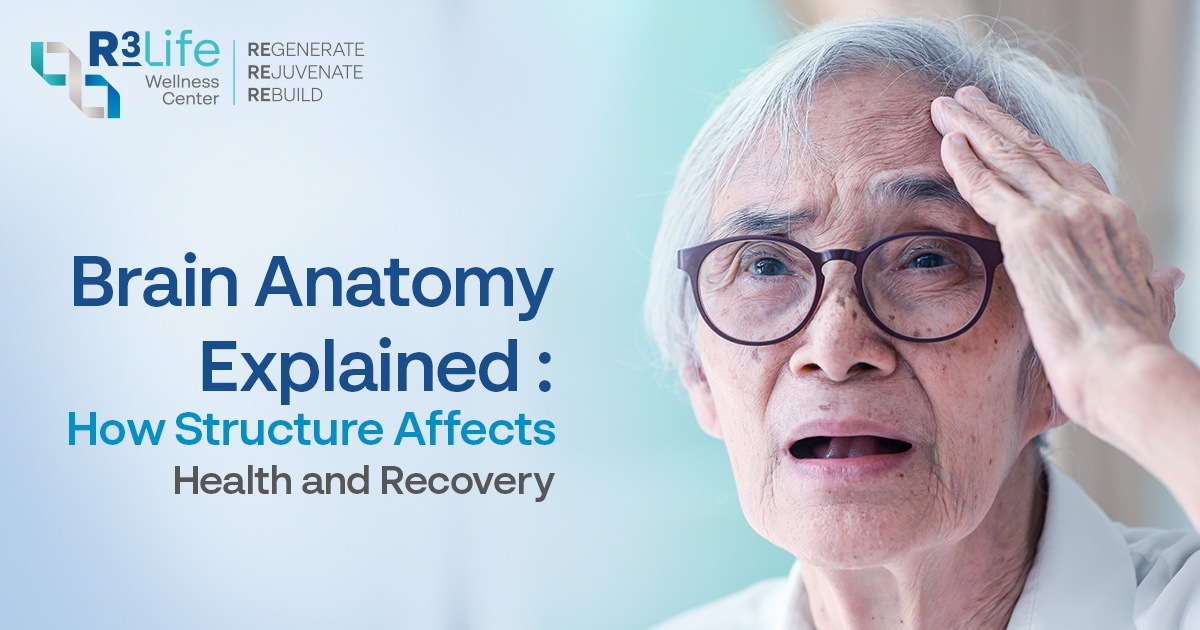
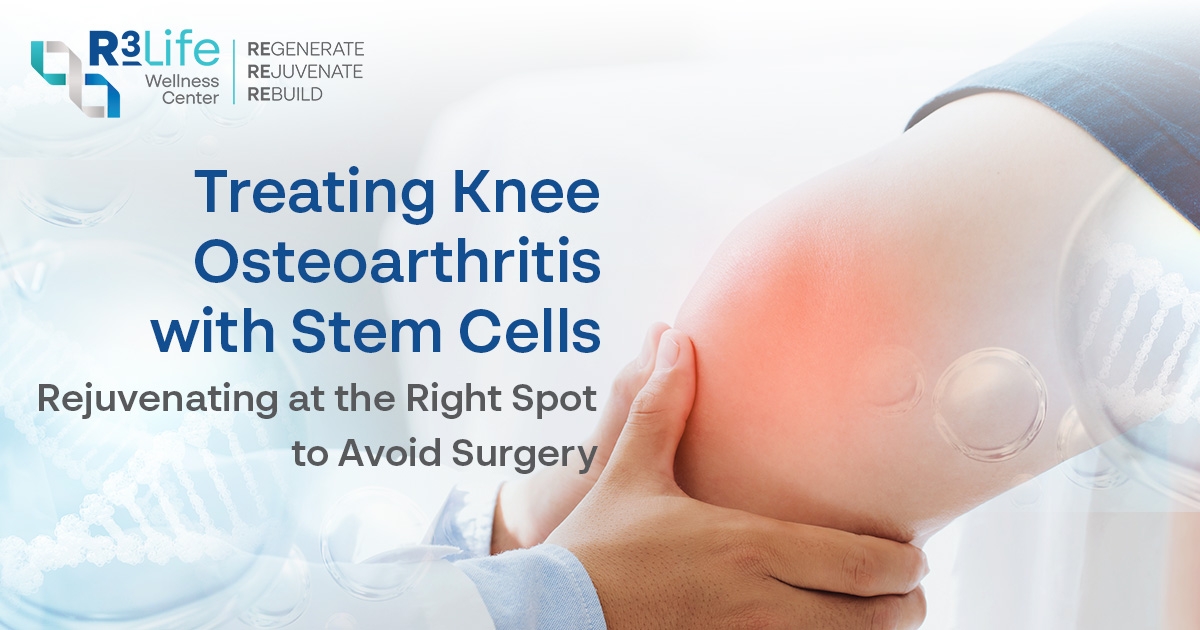
 Stem Cells vs Surgery for Knee Pain: Complete Comparison Guide
Stem Cells vs Surgery for Knee Pain: Complete Comparison Guide